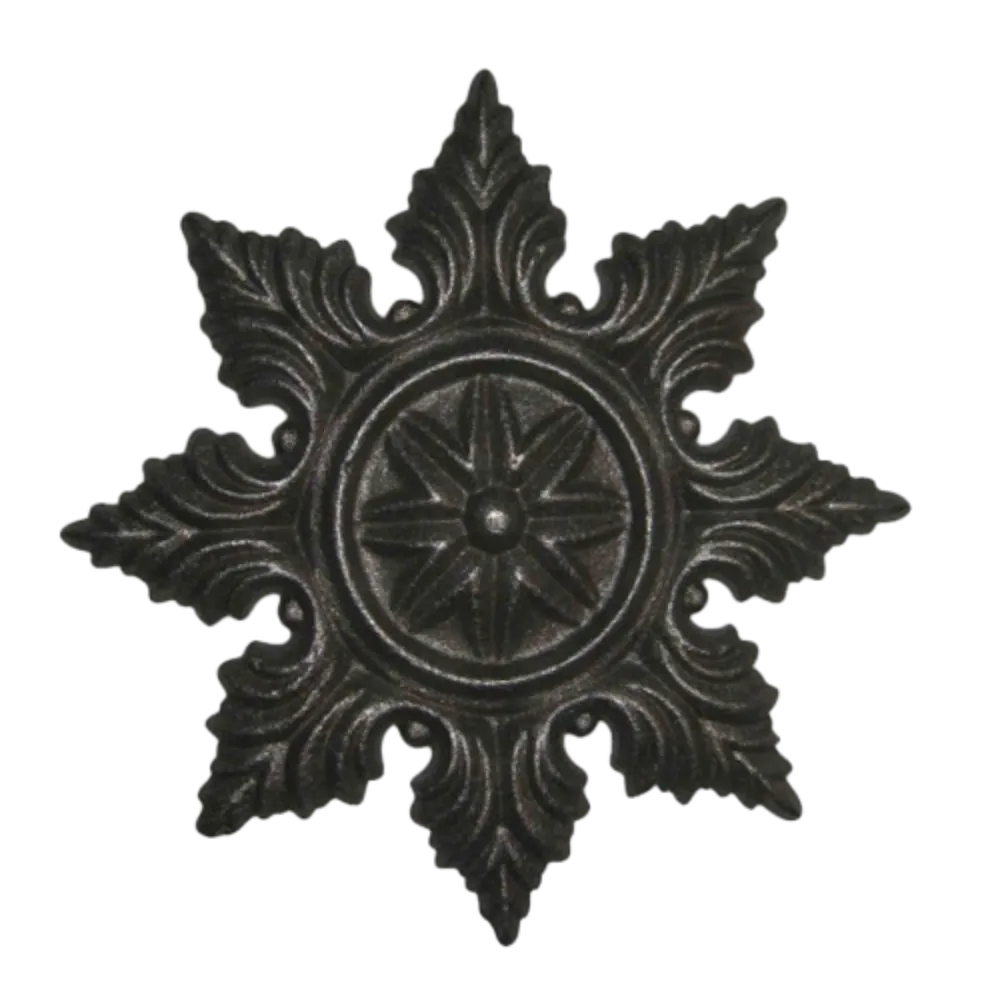Understanding Wrought Iron Properties and Applications in Modern Architecture and Design Techniques
The Legacy of Wrought Iron Craftsmanship and Creativity
Wrought iron, a malleable form of iron that has been used for centuries, stands as a testament to the ingenuity and craftsmanship of human civilization. Known for its durability, versatility, and aesthetic appeal, wrought iron has played a pivotal role in various aspects of construction, art, and everyday life.
Historically, the production of wrought iron dates back to ancient times, around 3000 BC, with its initial uses found in small tools and weapons. Unlike cast iron, which is brittle and can easily break, wrought iron is created by repeatedly heating and hammering the iron to remove impurities, resulting in a tough and ductile material that can be shaped into various forms. This unique process has imparted wrought iron with prominent fibrous qualities, making it particularly suited for intricate designs and resilient applications.
One of the most celebrated aspects of wrought iron is its use in architecture and construction. During the Industrial Revolution, wrought iron became a symbol of progress and innovation. Its strength allowed for the creation of large structures that were previously deemed impossible. The Iron Bridge in Shropshire, England, constructed in 1779, is a landmark example showcasing the potential of wrought iron in engineering. This bridge not only facilitated transport but also embodied the era's burgeoning spirit of modernity.
wrought iron

Moreover, wrought iron has carved a niche in decorative arts, often associated with ornate designs in gates, railings, and furniture. Artisans have long appreciated the material for its ability to transform functional items into works of art. The meticulous process of forging wrought iron enables craftsmen to create beautiful patterns and motifs, from the delicate scrollwork found in garden gates to elaborate balustrades in grand staircases. These designs not only serve practical purposes but also contribute to the overall aesthetics of the spaces they inhabit.
As we delve deeper into the uses of wrought iron, it becomes evident that its timeless nature has transcended generations. In addition to its roles in architecture and decor, wrought iron has also been instrumental in industrial applications. Its strength and malleability make it ideal for manufacturing a range of products, including pipes, automotive components, and even art installations. The adaptability of wrought iron speaks to its relevance in contemporary society, even in a world increasingly dominated by modern materials like steel and aluminum.
However, the production and use of wrought iron require careful consideration of sustainability. The traditional methods of wrought iron production are labor-intensive and can be less eco-friendly than modern alternatives. In recent years, there has been a resurgence of interest in traditional craftsmanship, leading to a renewed appreciation for wrought iron in sustainable building practices. Artisans are now combining old techniques with innovative approaches, ensuring that this ancient trade not only endures but evolves in a manner that respects environmental considerations.
In conclusion, wrought iron remains an enduring symbol of artistry, strength, and functionality. Its historical significance and contemporary applications highlight the material's unique ability to blend practicality with beauty. As we continue to appreciate and innovate upon this age-old craft, wrought iron will undoubtedly remain a cherished component of our architectural and artistic landscape, bridging the gap between past and present. The legacy of wrought iron is not merely one of utility; it is a celebration of human creativity and resilience that will continue to inspire future generations.
-
Wrought Iron Components: Timeless Elegance and Structural StrengthNewsJul.28,2025
-
Window Hardware Essentials: Rollers, Handles, and Locking SolutionsNewsJul.28,2025
-
Small Agricultural Processing Machines: Corn Threshers, Cassava Chippers, Grain Peelers & Chaff CuttersNewsJul.28,2025
-
Sliding Rollers: Smooth, Silent, and Built to LastNewsJul.28,2025
-
Cast Iron Stoves: Timeless Heating with Modern EfficiencyNewsJul.28,2025
-
Cast Iron Pipe and Fitting: Durable, Fire-Resistant Solutions for Plumbing and DrainageNewsJul.28,2025
-
 Wrought Iron Components: Timeless Elegance and Structural StrengthJul-28-2025Wrought Iron Components: Timeless Elegance and Structural Strength
Wrought Iron Components: Timeless Elegance and Structural StrengthJul-28-2025Wrought Iron Components: Timeless Elegance and Structural Strength -
 Window Hardware Essentials: Rollers, Handles, and Locking SolutionsJul-28-2025Window Hardware Essentials: Rollers, Handles, and Locking Solutions
Window Hardware Essentials: Rollers, Handles, and Locking SolutionsJul-28-2025Window Hardware Essentials: Rollers, Handles, and Locking Solutions -
 Small Agricultural Processing Machines: Corn Threshers, Cassava Chippers, Grain Peelers & Chaff CuttersJul-28-2025Small Agricultural Processing Machines: Corn Threshers, Cassava Chippers, Grain Peelers & Chaff Cutters
Small Agricultural Processing Machines: Corn Threshers, Cassava Chippers, Grain Peelers & Chaff CuttersJul-28-2025Small Agricultural Processing Machines: Corn Threshers, Cassava Chippers, Grain Peelers & Chaff Cutters












